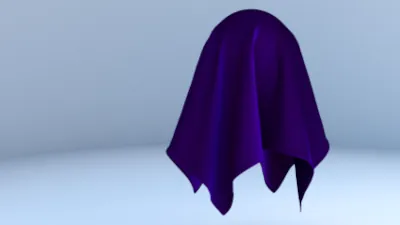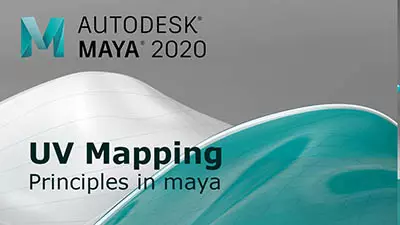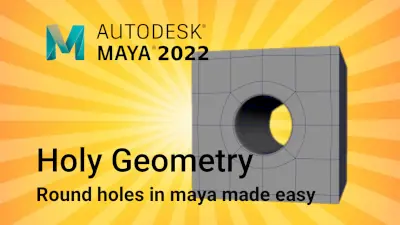Digital humans the art of the digital double
Ever wanted to know how digital doubles are created in the movie industry? This course will give you an insight into how it's done.
#
1
14-12-2003
, 03:06 PM
Orient constraint a bone.
What I want is for the joint to already be orientated to the cone before I apply the constraint so nothing moves out of place. How do I go about changing the local rotation of the joint to a precise value, and how do I find out what that value should be? I can eyeball it but it is not exact, I would like to learn how to make it exact. Oh, also I froze the transforms of the cone so it's axis is in the default position. The image below might help explain this a bit. Thanks a lot.
#
2
14-12-2003
, 08:26 PM
1. I had to group the cone to an object I don't care about, such as a null object.
2. I then took this null object, orient constrained it to the joint so it lined up with the joint.
3. I then wrote down the rotational values that the joint caused the null object to rotate.
4. I unconstrained the null object from the joint.
5. Then I rotated the null object the same number of degrees the joint caused it to rotate when it was constrained.
6. Then I orient constrained the joint to the null object, this caused the joint to be constrained but it did not have to rotate to get to the correct orientation.
7. Then I took my cone and made it the parent of the null object, so when I rotate the cone the joint moves as well.
Posting Rules Forum Rules
Similar Threads
orient constraint throwing things out of whack!
by radiant777 in forum Maya Basics & Newbie Lounge replies 1 on 07-09-2010
Scale constraint problem
by leonlabyk in forum Animation replies 0 on 22-10-2008
Aim Constraint Issue
by Dutch in forum Animation replies 3 on 23-04-2008
Rotating a Hinge Constraint
by rexrex in forum Maya Basics & Newbie Lounge replies 2 on 16-03-2008
which constraint to use?
by danotronXX in forum Maya Basics & Newbie Lounge replies 1 on 17-09-2005
Topics
Free Courses
Full Courses
VFX News
How computer animation was used 30 years ago to make a Roger Rabbit short
On 2022-07-18 14:30:13
Sneak peek at Houdini 19.5
On 2022-07-18 14:17:59
VFX Breakdown The Man Who Fell To Earth
On 2022-07-15 13:14:36
Resident Evil - Teaser Trailer
On 2022-05-13 13:52:25
New cloud modeling nodes for Bifrost
On 2022-05-02 20:24:13
MPC Showreel 2022
On 2022-04-13 16:02:13








